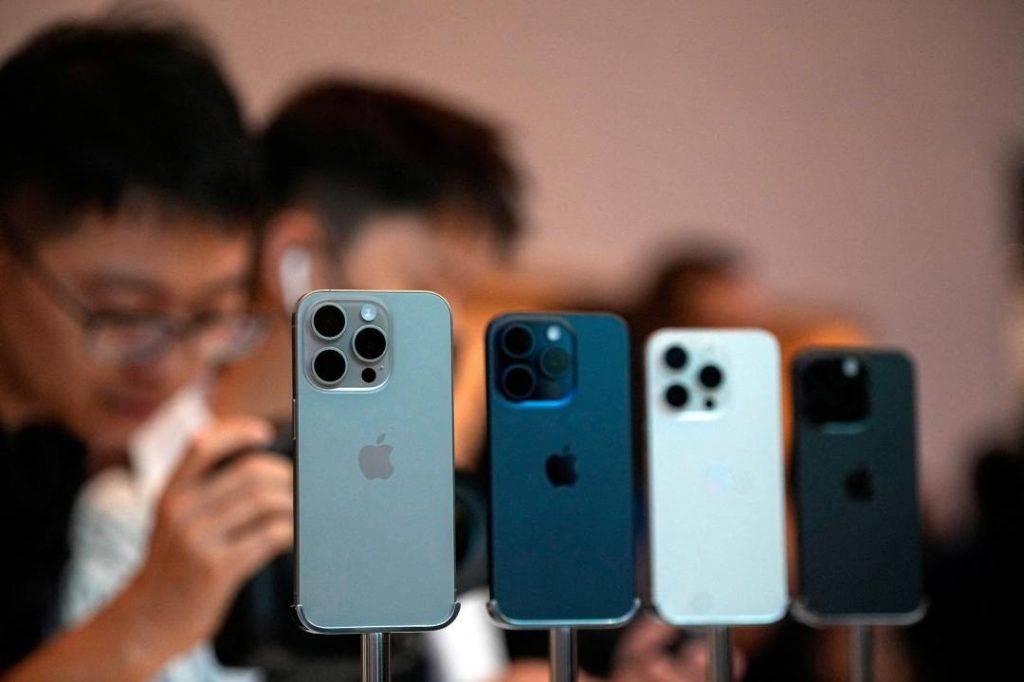
How Much Does it Cost to Make an iPhone? How May it Change Due to US Tariffs?
In a world where technology is rapidly evolving, the cost of producing a high-end smartphone like the iPhone 16 Pro is a complex calculation. Apple, the pioneer in the smartphone industry, has broken down the cost of making its latest flagship device. In this blog post, we’ll delve into the details of how much it costs Apple to manufacture an iPhone and how the US tariffs may impact the overall cost.
Breaking Down the Cost
According to a report by Moneycontrol, Apple spends around $580 (approximately ₹50,000) to make a 256GB iPhone 16 Pro. This cost includes various components, such as the A18 Pro chip, rear camera systems, display, and others. Here’s a breakdown of the estimated cost:
- A18 Pro chip: $90.85
- Rear camera systems: $126.95
- Display: $37.97
- Other components (including memory, storage, and battery): $325.23
These costs may vary depending on the specific components used in the device. However, this breakdown gives us an idea of the significant investments required to manufacture a high-end smartphone like the iPhone 16 Pro.
Impact of US Tariffs
The US-China trade war has been a significant concern for many industries, including the tech sector. Apple, being a major brand with a significant portion of its manufacturing taking place in China, is not immune to the effects of US tariffs. If the US imposes a 54% tariff on iPhones, as threatened by President Donald Trump, the manufacturing cost of the iPhone 16 Pro would increase significantly.
Using the same breakdown above, if a 54% tariff is applied to the entire manufacturing cost, the new cost would be:
- $580 (original cost) + (54% of $580) = $847 (approximately ₹73,400)
This increased cost would not only affect Apple’s bottom line but also the end-user. Consumers might expect a hike in prices, making the iPhone 16 Pro even more expensive than its current price tag.
Why Tariffs Could Impact Apple’s Bottom Line
Apple’s dependence on Chinese manufacturing is one of the primary reasons why US tariffs could significantly impact its bottom line. The company relies heavily on Foxconn, a Taiwanese company, to manufacture its iPhones in China. If the US imposes tariffs on these imports, Apple would need to either absorb the costs or pass them on to consumers.
In addition, Apple’s supply chain is heavily dependent on Chinese components, which would also be subject to tariffs. This could lead to a ripple effect, increasing the cost of production and ultimately affecting Apple’s profit margins.
Impact on Consumers
The increased cost of production due to tariffs could have a significant impact on consumers. Apple fans might expect a price hike, making the iPhone 16 Pro even more expensive than its current price tag. This could lead to a decrease in demand, as consumers might opt for more affordable alternatives.
Furthermore, the increased cost could also lead to a decrease in profit margins for Apple’s suppliers and partners. This could have a cascading effect on the entire tech ecosystem, leading to a decrease in innovation and investment in the industry.
Conclusion
The cost of making an iPhone is a complex calculation that involves various components and manufacturing processes. Apple’s breakdown of the cost of making an iPhone 16 Pro gives us an idea of the significant investments required to produce a high-end smartphone.
The impact of US tariffs on Apple’s manufacturing cost could be significant, potentially leading to an increase of around 45% in the cost of production. This could have a ripple effect on the entire tech industry, leading to increased prices for consumers and decreased profit margins for suppliers and partners.
As the US-China trade war continues to unfold, it will be interesting to see how Apple and other tech companies navigate the challenges posed by tariffs. One thing is certain, however – the cost of making an iPhone will continue to be a critical factor in the company’s success.






